Find Word In Directory And Subdirectory Linux
Running the above code gives us the following result. In the search bars dropdown menu select Folders in the What category as shown below and then select File Name.

How To Use Find Command To Search For Multiple Filenames Extensions In Linux
If you want to know how many files and sub-directories exist from the present working directory you can use this one-liner.

Find word in directory and subdirectory linux. You need to use the find command on a Linux or Unix-like system to search through directories for files. The syntax is find searchdirectory -name matching file search criteria -actions find dirtosearch -name pattern -print find dirtosearch -name file-to-search -print find dirtosearch -name file-to-search -print -action The find command will begin looking in the dirtosearch and proceed to search through all accessible subdirectories. If it finds this word in any file it will list that file.
With this option one can search the current directory and and all levels of subdirectories by passing the -r or -R to the grep command. It will also search in all hidden directory and sub-directories. Navigate to the directory you want search inside of.
Egrep -r word1word2 directory-path Example egrep -r configcomma hadoop-26. Suppose i have a word mail. Mkdir -p htgarticlesimagesnotedone The -p flag tells the mkdir command to create the main directory first if it doesnt already exist htg in our case.
-maxdepth 1 -type d -print0 xargs -0 -I sh -c echo -e find wc -l sort -n This will work in GNU flavour and just omit the -e from the echo command for BSD linux eg. These days only OpenBSD has this feature without having -exec. Grep -r -e string directory -r is for recursive.
-type f -print0 xargs -0 grep word devnull. The grep -v command filters the output and prints only the name that doesnt contain hence leaving out all the directories. To create a new directory with multiple subdirectories you only need to type the following command at the prompt and press Enter obviously change the directory names to what you want.
Interestingly POSIX grep is not required to support -r or -R but Im practically certain that System V grep did so in practice they almost all do. Some versions of find and xargs have extensions that let them communicate correctly using null characters to separate file names so that no quoting is required. Finally wc -l count the lines in the output and prints it.
Similarly if you want to find the number of directories only inside a directory use the below command. How can i do this with perlrubyawksedbash or. -e is optional but its argument specifies the regex to search for.
To search in all sub-directories but only in specific file types use grep with --include. Grep -r main projects school. Find a Word in Directory Where the -R option tells grep to read all files under each directory recursively following symbolic links only if they are on the command line and option -w instructs it to select only those lines containing matches that form whole words and -e is used to specify the string pattern to be searched.
For example the following would search all files in the current directory and in all of its subdirectories including their subdirectories for every line containing the word main. Grep -r word-to-search. -type f -exec grep word devnull.
In the below example we are searching for files containing either the word config or the word comma. We will use the find command which is used to search for files in a directory hierarchy together with wc command which prints newline word and byte counts for each file alternatively data read from standard input. Click the Search button at the top of the Files window.
Grep -r word pathtodir. Grep text to search -r. The -r option is used to search recursively through an entire directory tree.
I have to search this word in all files inside a directory and its sub-directories. In this guide we will cover how to display the total number of files in the current working directory or any other directory and its subdirectories on a Linux system. For example searching recursively in current directory for text in yml and yaml.
We can also search for multiple words by using the egrep command with character. You can now search the directory for any sub-directories with names matching your search term. The words in the brackets are part of the brace.
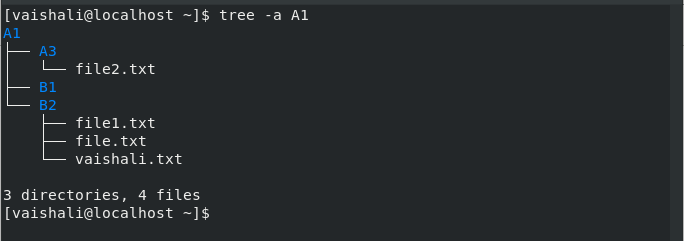
Find Command In Linux Linuxfordevices

Linux Find Largest File In Directory Recursively Using Find Du Nixcraft

Linux Unix List Just Directories Or Directory Names Nixcraft
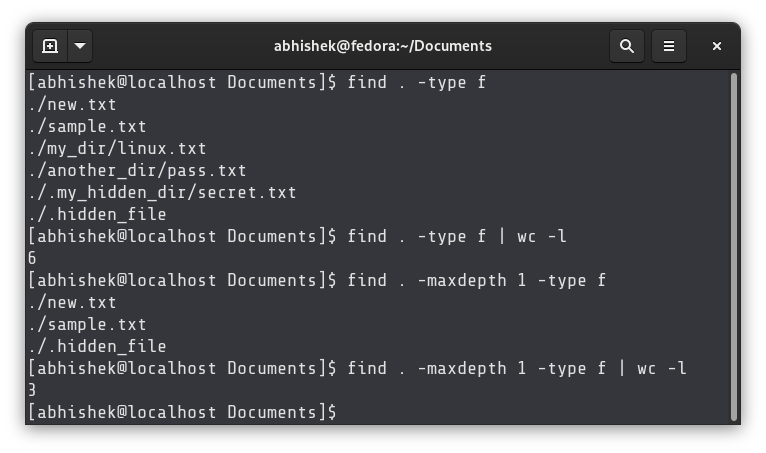
How To Count Number Of Files In Directory In Linux Quick Tip
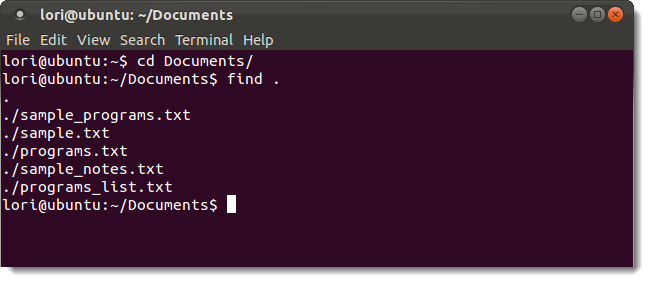
How To Find Files And Folders In Linux Using The Command Line

How To Find Files And Folders In Linux Using The Command Line

Linux Unix List Just Directories Or Directory Names Nixcraft
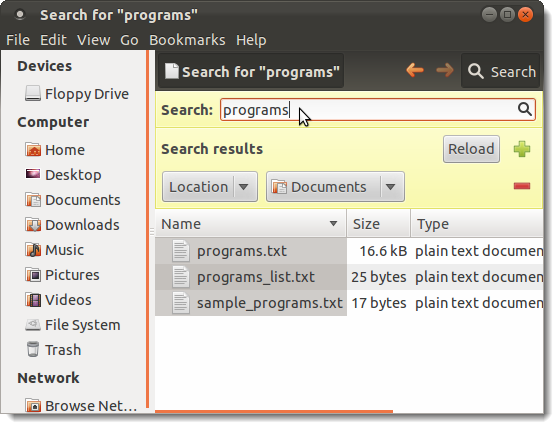
How To Find Files And Folders In Linux Using The Command Line

Linux Unix List Just Directories Or Directory Names Nixcraft

Unix Find A File Command Nixcraft

Pin On Linux Command Line Tricks

Pin By Tecmint Linux Howto S Guide On Linux Command Line Tricks Linux Tutorial Find

Dir Command In Linux With Examples Geeksforgeeks

Linux Unix Recursively Search All Files For A String Nixcraft
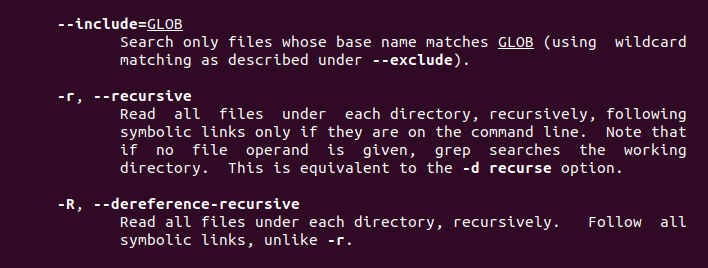
How To Use Grep Recursively Linux Hint
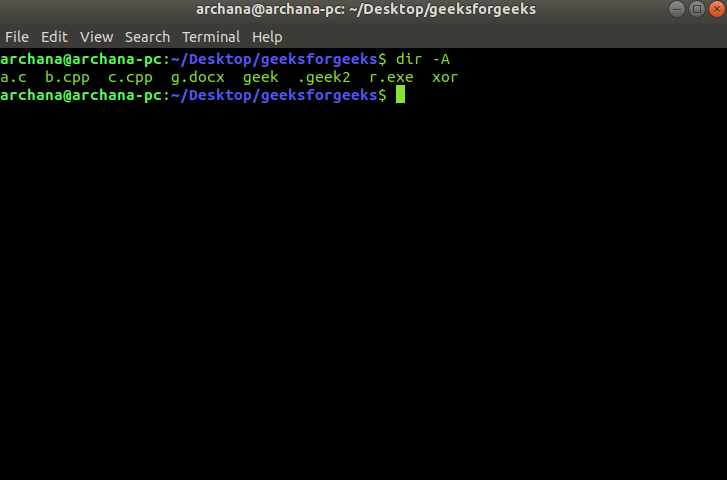
Dir Command In Linux With Examples Geeksforgeeks

